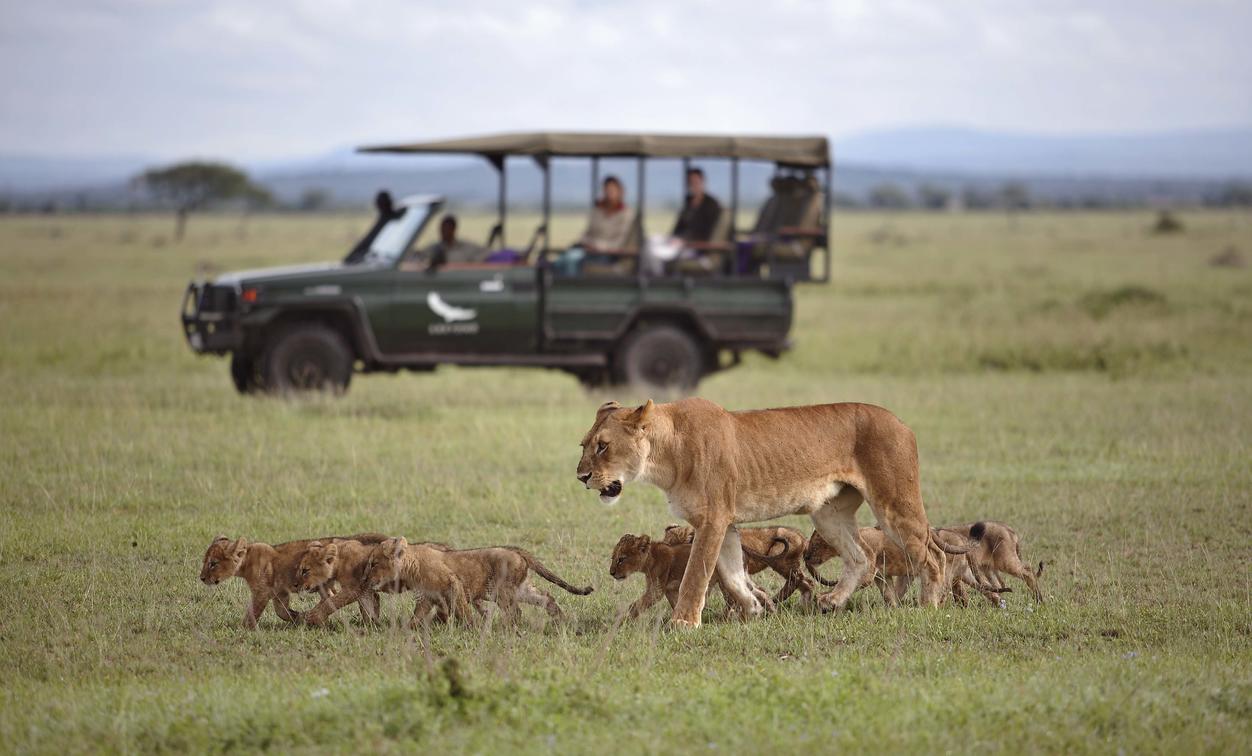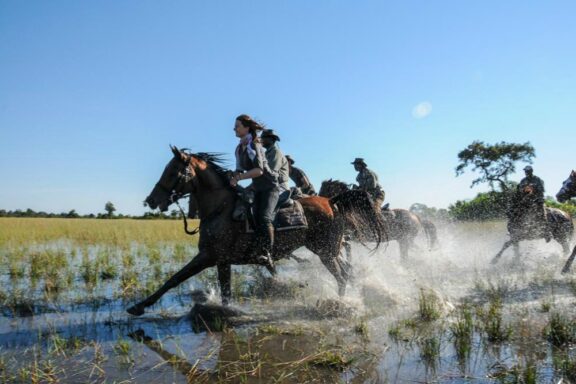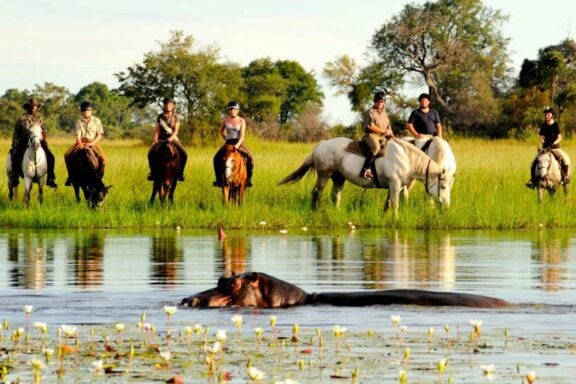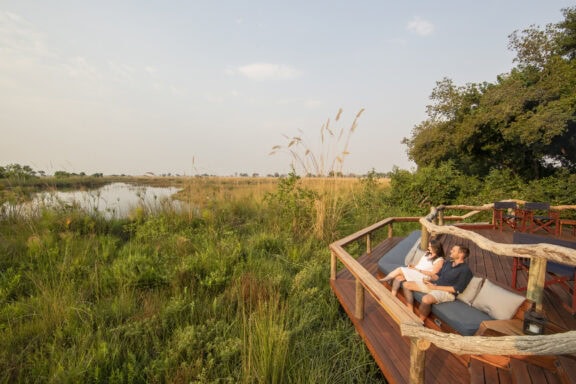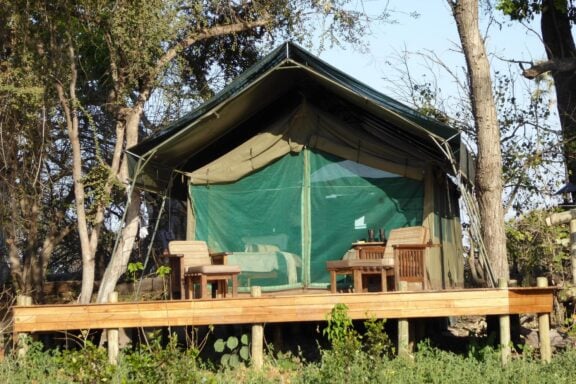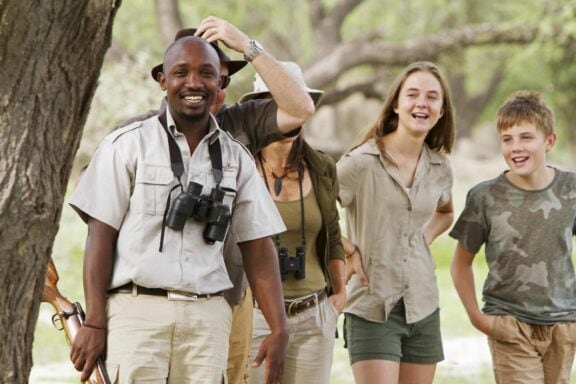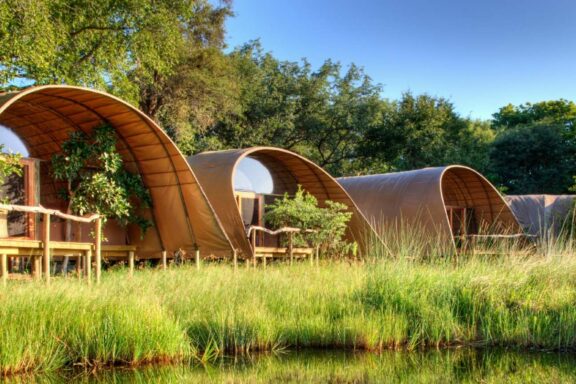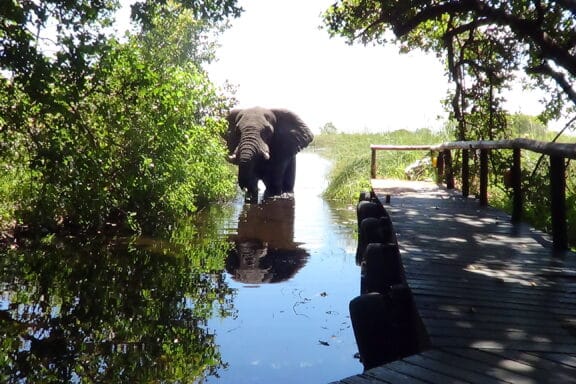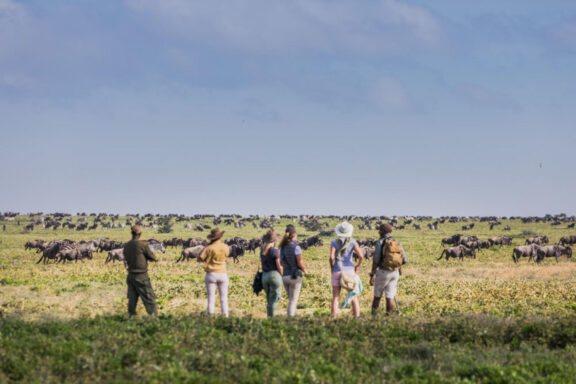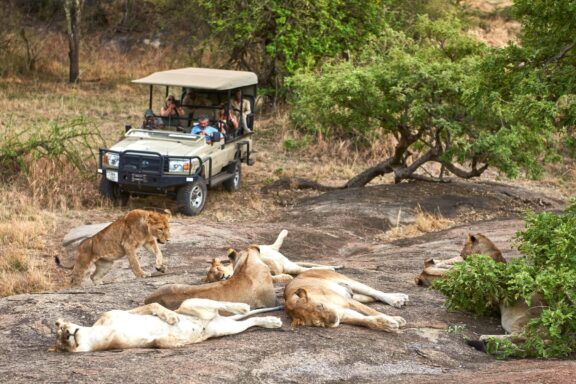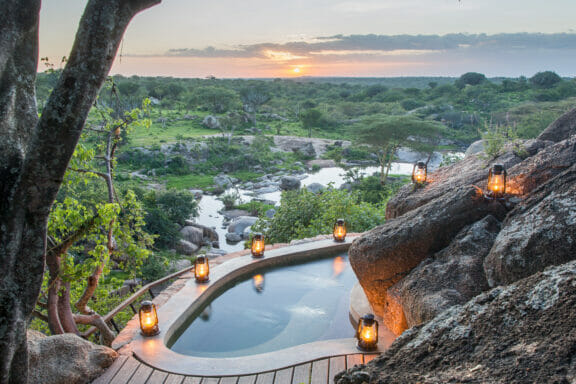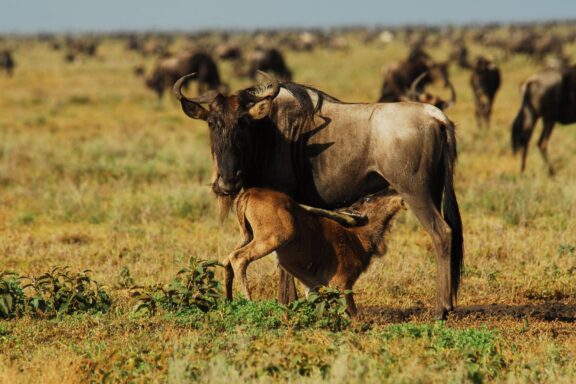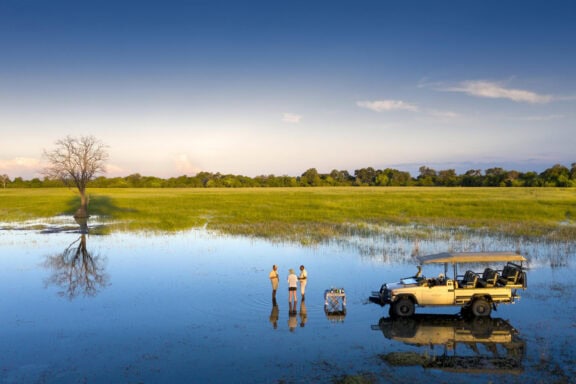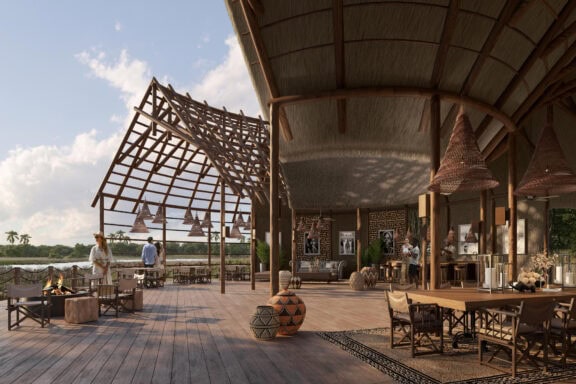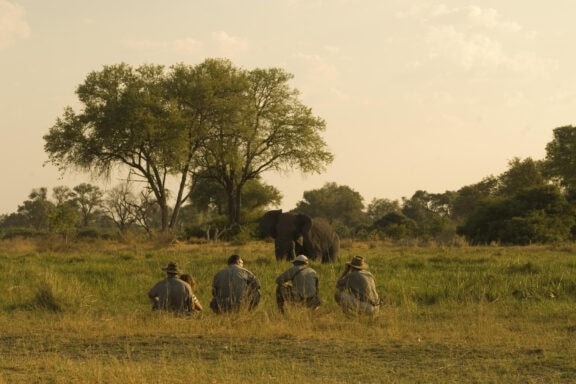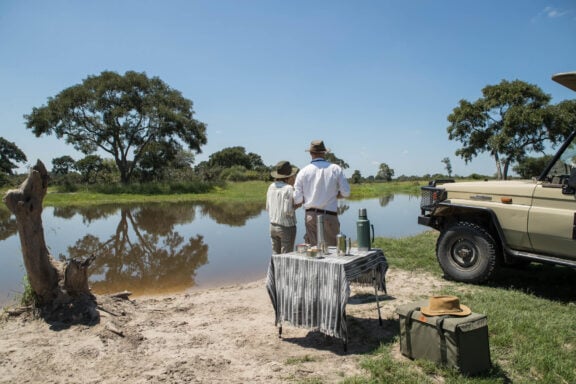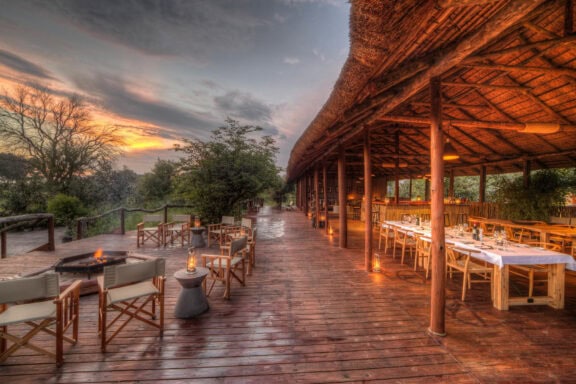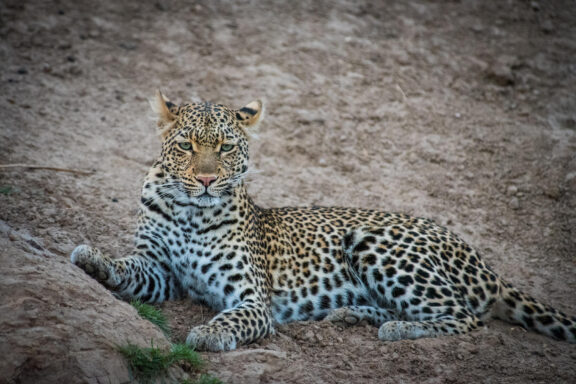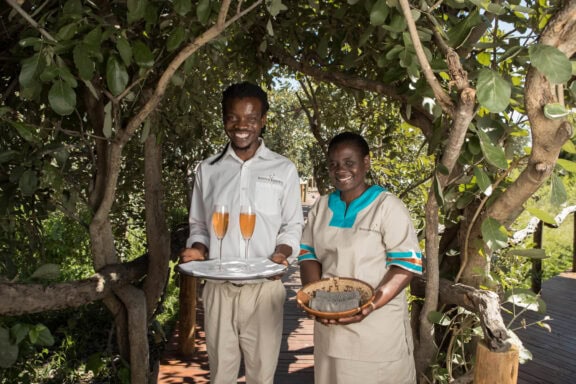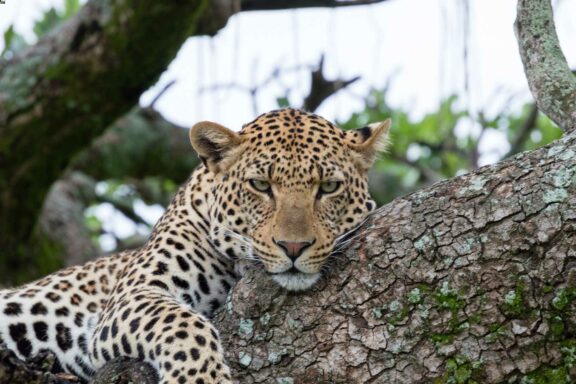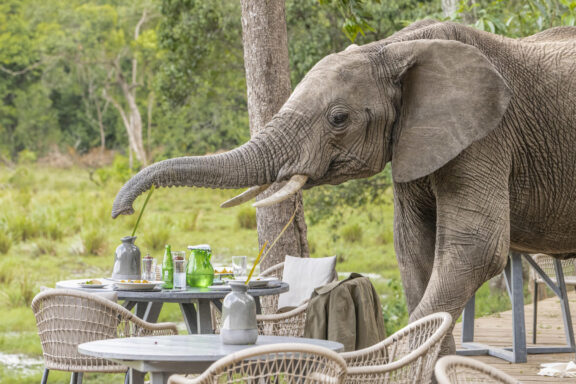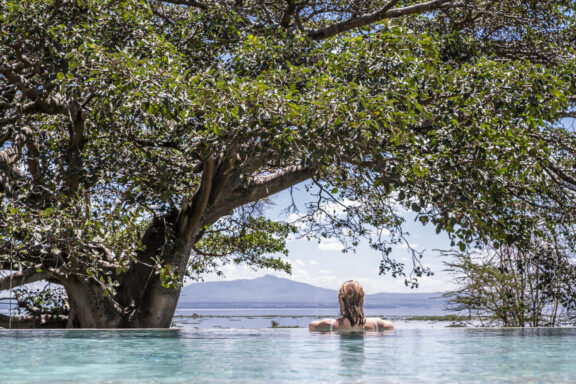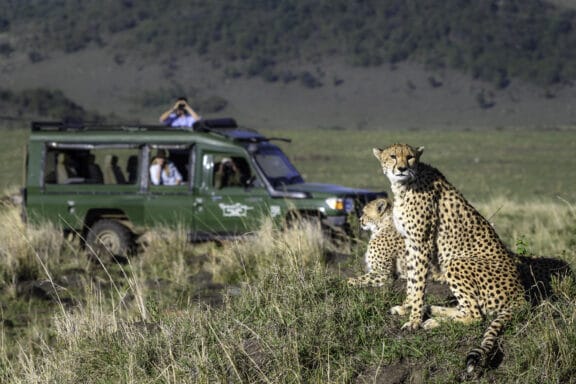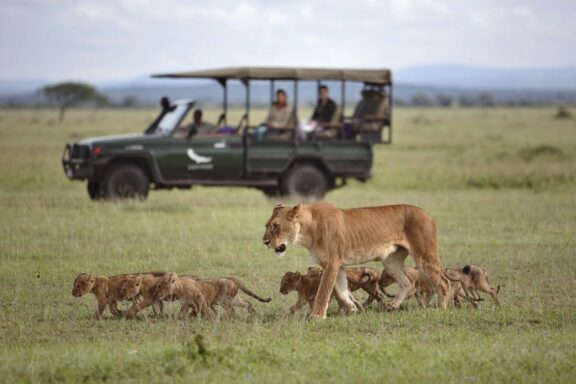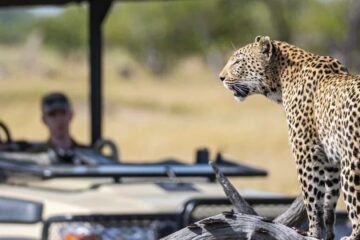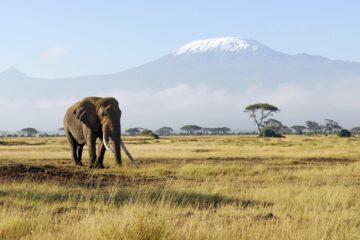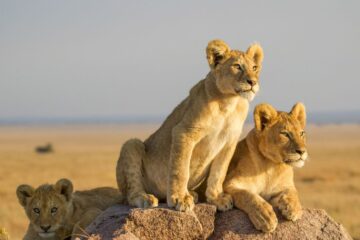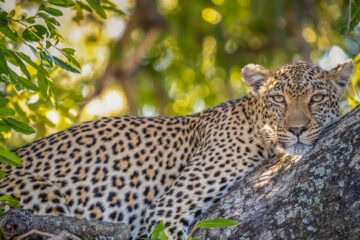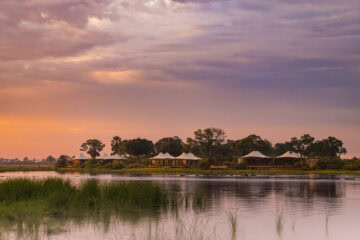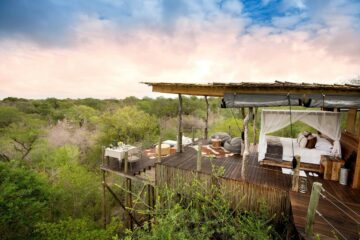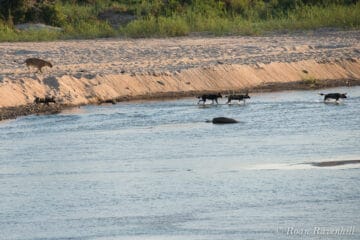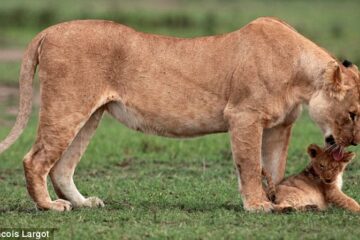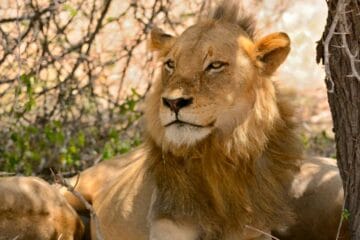Lion Safaris
A lion safari is more than just seeing Africa’s kings – it’s entering their world. From deep in the bush to quiet riverbanks, lion safari travellers witness golden dawns when lions are on the hunt, pride dynamics that reveal family ties and tribulations, and moments of silence broken by the roar that echoes across the savannah.
For luxury travellers, this means staying in lodges where breakfast might be interrupted to see a nearby pride – or returning to fine dining as the sun sets over acacia silhouettes. Let’s explore how a lion safari with Discover Africa is not just about the animals, but about the story those animals tell in the wild.
5 Fast Facts About African Lions
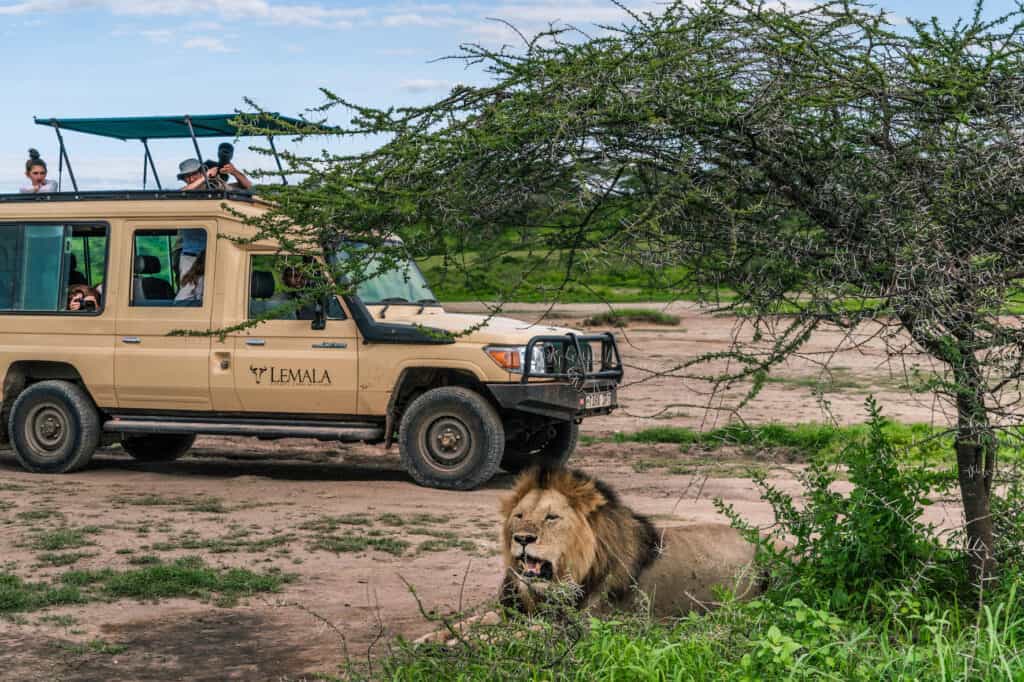
1. Lions Are the Only Truly Social Cats
Unlike leopards or cheetahs, lions live in prides – complex family groups usually made up of related females, their cubs, and a coalition of males. This social structure allows them to hunt cooperatively and defend territories more effectively.
2. Roars Can Carry for Kilometres
A lion’s roar can be heard up to eight kilometres (five miles) away. These powerful calls serve to mark territory, locate pride members, and warn off rivals – an unmistakable soundtrack of the African night.
3. Cubs Are Raised Cooperatively
Within a pride, lionesses often synchronise births and share nursing duties. This cooperative parenting increases cub survival rates, as mothers will protect and feed not only their own young but also those of related females.
4. Hunting Roles Differ by Sex
While lionesses do most of the day-to-day hunting, especially for medium-sized prey, males play a vital role in tackling larger animals like buffalo or defending a kill from scavengers. This teamwork reflects the pride’s balance of power and responsibility.
5. Population Under Pressure, Conservation Critical
There are an estimated 20,000 wild lions left in Africa today – a dramatic decline from the hundreds of thousands that once roamed the continent. Habitat loss, human-wildlife conflict, and poaching threaten their survival, making conservation-focused safaris an important way to contribute to protecting these apex predators.
Incredible Places to See Lions in East and Southern Africa
Before you come face-to-face with Africa’s most iconic predator, you need to decide exactly where you’re going to experience an African safari. Our experts have selected some of the destinations that vie for the title of “Best Lion Safari in Africa”. Let’s take a closer look:
Kruger National Park & Private Reserves, South Africa
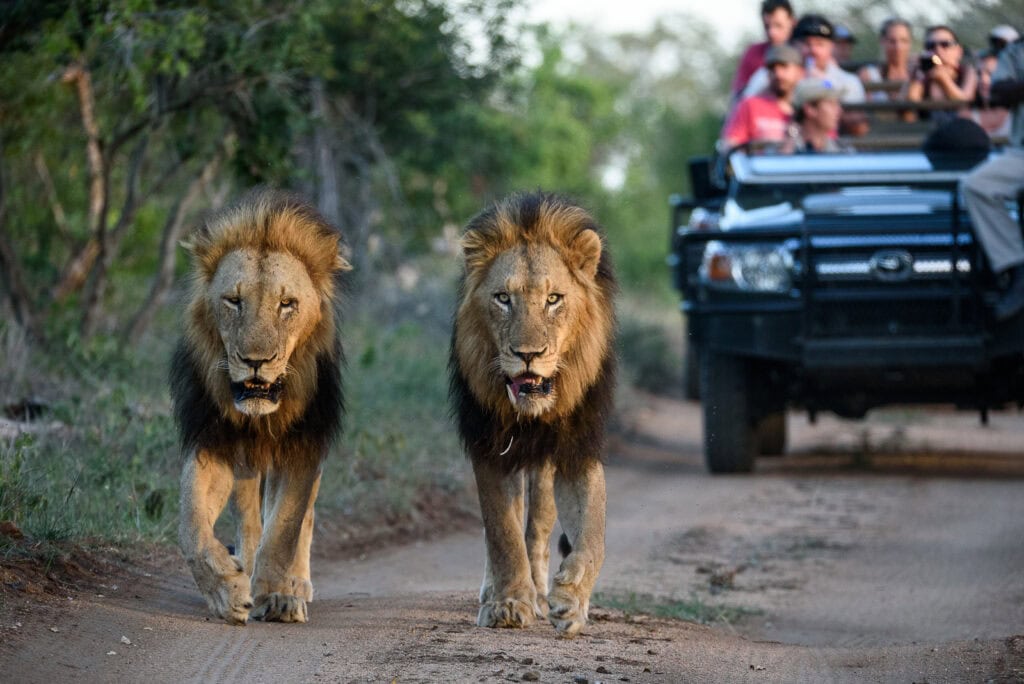
Here, lions roam in large prides; private reserves offer intimate lion sighting opportunities, often allowing off-road tracking and fewer vehicles sharing the same territory.
Okavango Delta & Chobe National Park, Botswana
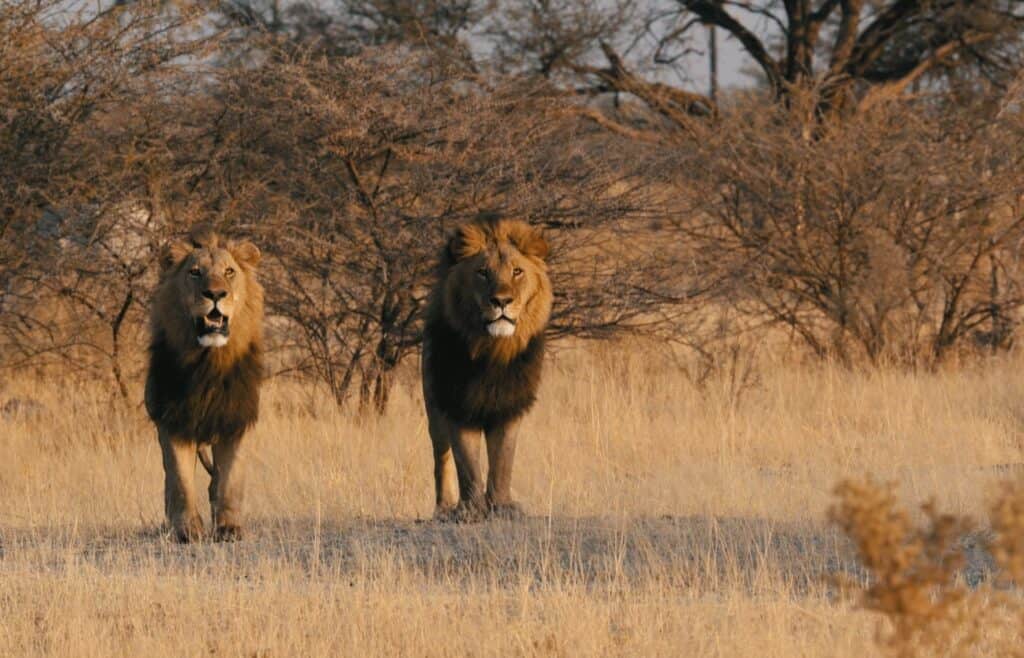
The winding waterways and floodplains gather prey, which in turn draw lions in dramatic, water-adjacent settings – perfect for photographic moments.
Masai Mara & Samburu, Kenya
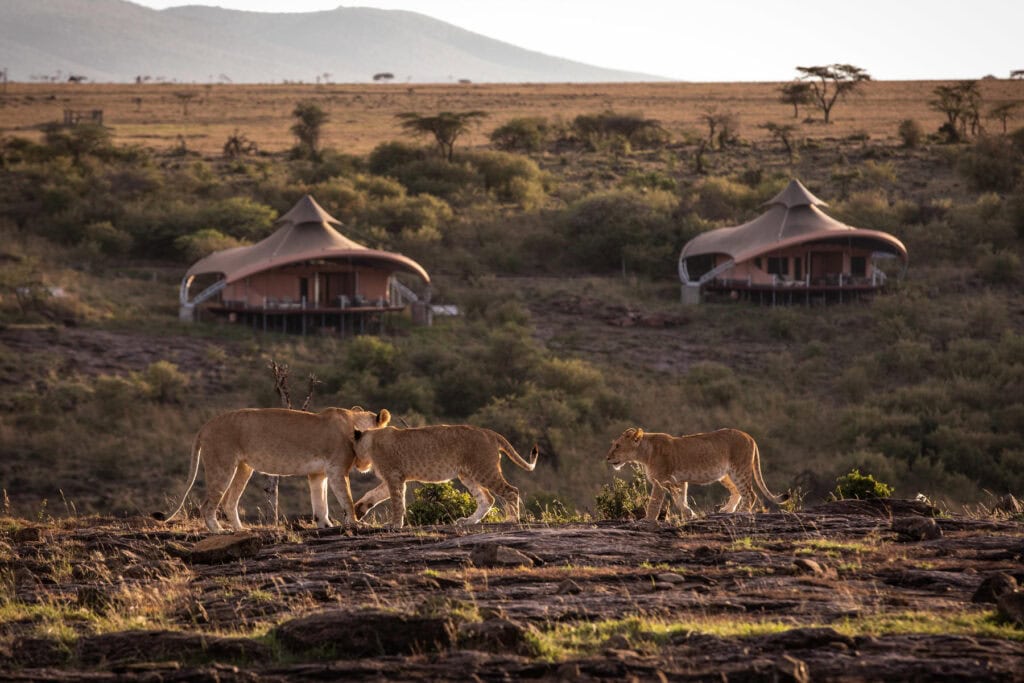
The Masai Mara offers the Great Migration spectacle, where lions lie in wait. Meanwhile, Samburu’s landscape brings desert beauty and solitude among big cats.
When to Go on a Lion Safari in Africa
In South Africa’s Kruger National Park and the surrounding private reserves, the prime window for lion sightings is May to September. These dry, mild months strip the bush of cover and draw game to waterholes, making prides easier to find; days are comfortable and evenings turn crisp. Late April and early October act as shoulder seasons, bringing a little rain and greener scenes while still delivering strong game viewing and fewer vehicles.
Across the Okavango Delta and northern Botswana, June to October is outstanding. This is peak flood season: cool, golden mornings, boat and mokoro excursions alongside classic game drives, and predators working the edges of floodplains. May and late October bookend the peak; water levels are in flux and wildlife concentrates around receding channels – great for photography and predator action.
In Kenya’s Masai Mara and the Kenya Highlands, July to October aligns with the dry season and the Great Migration, when abundant prey keeps lions active and visible in open areas. June and November frame the peak with lusher landscapes just before and after the rains, slightly fewer visitors, and excellent viewing when clouds break to reveal clear light.
For Tanzania’s Serengeti and the Ngorongoro region, you have two high points: June to September during the mid-year dry season when the plains open up, and December to March when many herbivores give birth and predators stay close. May and November are transitional, so expect some rain, greener vistas, fewer crowds, and the possibility of muddy roads.
Key Considerations for Lion Safari Travellers
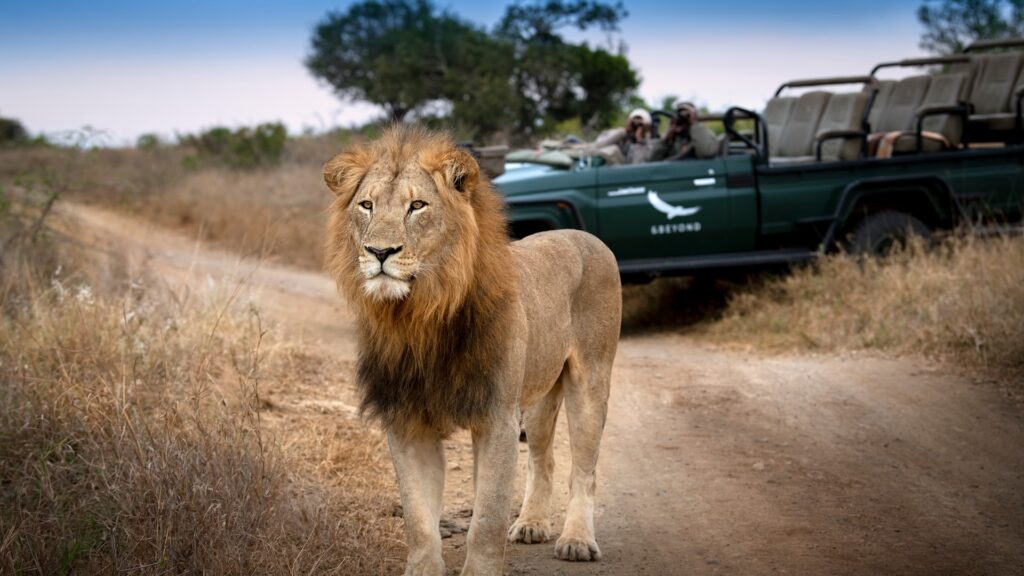
- Wildlife Visibility vs Scenery: The dry seasons (June to October in most southern regions, July to October in Kenya) offer the highest chance of lion encounters and predator activity. Alternatively, shoulder seasons bring lush landscapes, dramatic light, and fewer vehicles – perfect for travellers who value ambience as much as wildlife.
- Comfort and Camp Availability: Luxury lodges often book well ahead for peak seasons. If you travel in the dry peak months, expect premium pricing and less flexibility. Shoulder months can offer great value without compromising significantly on wildlife viewing.
- Combining Regions: If your itinerary spans more than one country (for example, Kruger and Botswana, or Kenya and Tanzania), check overlapping dry season windows. Planning for June to September gives you many regions in strong conditions simultaneously.
The Discover Africa Difference
When we plan your lion safari, we do more than point you at possibilities. We tailor your journey:
- You travel with safety and comfort in mind – luxury lodges, experienced guides, and immersive wildlife tracking.
- We combine your lion safari with other motivations: conservation stories, guided walks, and exceptional photographic opportunities.
- Because we work with top lodge partners, your stay isn’t just restful – it’s revelatory, with views, meals, and moments crafted around your lion sightings.
If observing lions in their element is something that calls to you, we’re ready to design the safari that delivers. Enquire now to explore lion safari itineraries in South Africa, Botswana, Kenya, and more – and discover where each pride, each landscape, and each roar can become part of your story.






